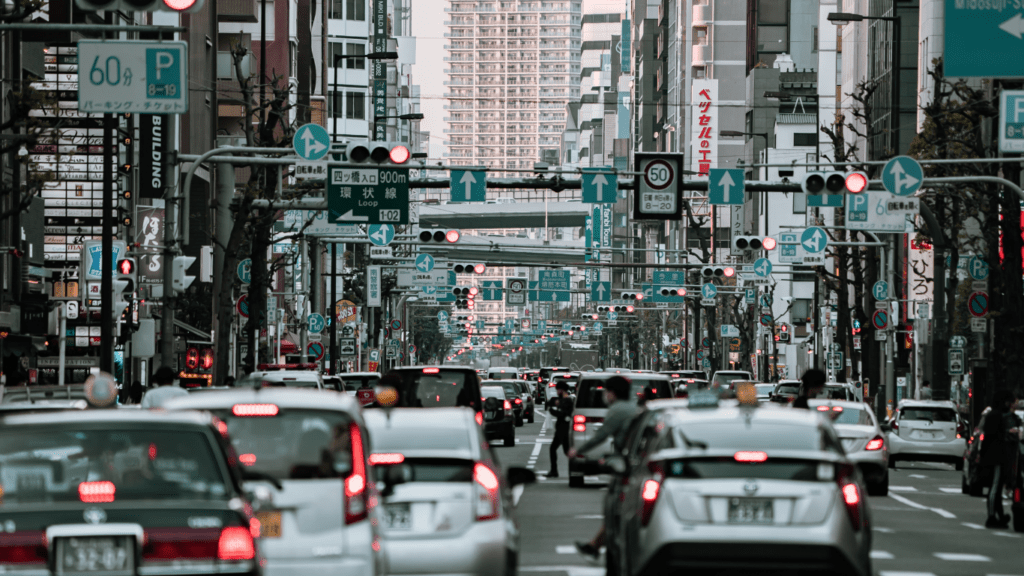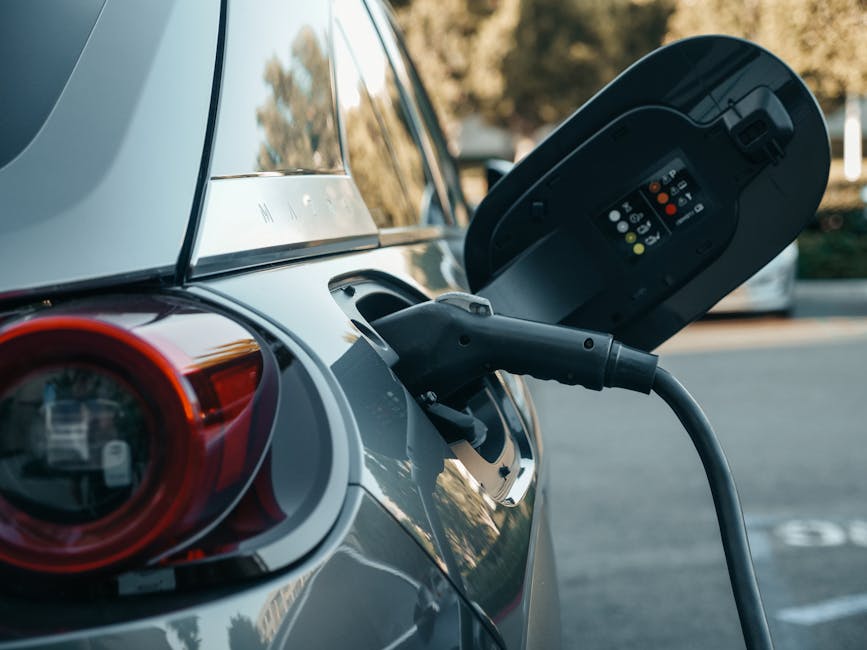Living in urban areas, I’ve witnessed firsthand the impact of automobiles on air quality. The role of vehicles in urban air pollution is undeniable, with emissions contributing significantly to environmental concerns. As I delve into the topic, it’s crucial to explore how these emissions affect our health and the environment.
In this article, I’ll discuss the various factors that make automobiles a key player in urban air pollution. From exhaust fumes to traffic congestion, the sources of pollution are diverse and pervasive. However, it’s not all grim news. I’ll also highlight effective mitigation strategies that can help combat this issue and pave the way for cleaner, healthier cities.
Impact of Automobiles on Urban Air Quality
Automobiles significantly impact urban air quality due to the pollutants they emit. These emissions pose serious environmental and health risks, making automobiles a major contributor to air pollution in cities worldwide.
Main Pollutants Emitted by Vehicles
I’ll outline the primary pollutants released by vehicles, including nitrogen oxides, carbon monoxide, particulate matter, and volatile organic compounds. These pollutants have detrimental effects on air quality, leading to respiratory issues and environmental damage.
Comparison with Other Pollution Sources
When comparing automobile emissions to other pollution sources such as industrial facilities or power plants, vehicles are among the leading contributors to urban air pollution. Their widespread use and proximity to urban populations exacerbate the impact of these emissions on public health and the environment.
Technological Advancements in Reducing Emissions
I’ll explore the recent technological advancements aimed at reducing emissions from vehicles, focusing on developments in engine efficiency and the emergence of electric vehicles.
Developments in Engine Efficiency
Enhancements in engine efficiency have been pivotal in reducing emissions from automobiles. By optimizing combustion processes and incorporating advanced technologies such as direct injection and turbocharging, modern engines can operate more cleanly and economically. These improvements result in lower emissions of pollutants like nitrogen oxides and particulate matter, contributing to a healthier urban environment.
Emergence of Electric Vehicles
The emergence of electric vehicles (EVs) represents a significant stride towards reducing urban air pollution. By utilizing electric motors powered by rechargeable batteries, EVs produce zero tailpipe emissions, significantly decreasing harmful pollutants in urban areas. With ongoing advancements in battery technology and charging infrastructure, electric vehicles are becoming a sustainable and environmentally friendly alternative to traditional gasoline-powered cars, playing a vital role in mitigating the impact of automobile emissions on air quality.
Urban Planning and Policy Measures
In urban areas, implementing low-emission zones is a crucial strategy to reduce the impact of automobile emissions on air quality. These zones restrict the entry of high-emission vehicles into specific areas, thereby lowering pollution levels. By designating certain areas as low-emission zones, cities can effectively target areas with high pollution levels and promote cleaner air for residents.
Encouraging the use of public transportation is another vital initiative in combating urban air pollution. By providing reliable and convenient public transit options, cities can incentivize residents to choose eco-friendly modes of transportation over private vehicles. Increased use of public transportation not only reduces the number of vehicles on the road but also decreases overall emissions, leading to improved air quality in urban environments.
Case Studies of Successful Mitigation
In examining successful mitigation strategies for urban air pollution caused by automobiles, I’ll present case studies of cities that have effectively improved their air quality through specific measures. Let’s explore some examples:
Example Cities That Have Improved Air Quality
- Los Angeles:
- Implemented stringent emissions regulations for vehicles.
- Expanded public transportation infrastructure.
- Resulted in a significant decrease in smog levels over the past few decades.
- Copenhagen
- Prioritized cycling infrastructure to reduce car dependency.
- Introduced congestion charges in the city center.
- Achieved notable reductions in traffic-related air pollution.
- London:
- Established a low-emission zone to restrict high-polluting vehicles.
- Introduced a congestion charge for vehicles entering the city.
- Led to a decrease in nitrogen oxide levels and improved overall air quality.
- Stockholm:
- Implemented a congestion pricing system.
- Encouraged the use of public transportation.
- Saw a significant drop in traffic congestion and associated air pollution levels.
These case studies highlight the effectiveness of targeted measures in reducing automobile emissions and improving urban air quality. Such initiatives demonstrate the positive impact of strategic planning and policy interventions on mitigating the harmful effects of vehicle pollutants in cities.




